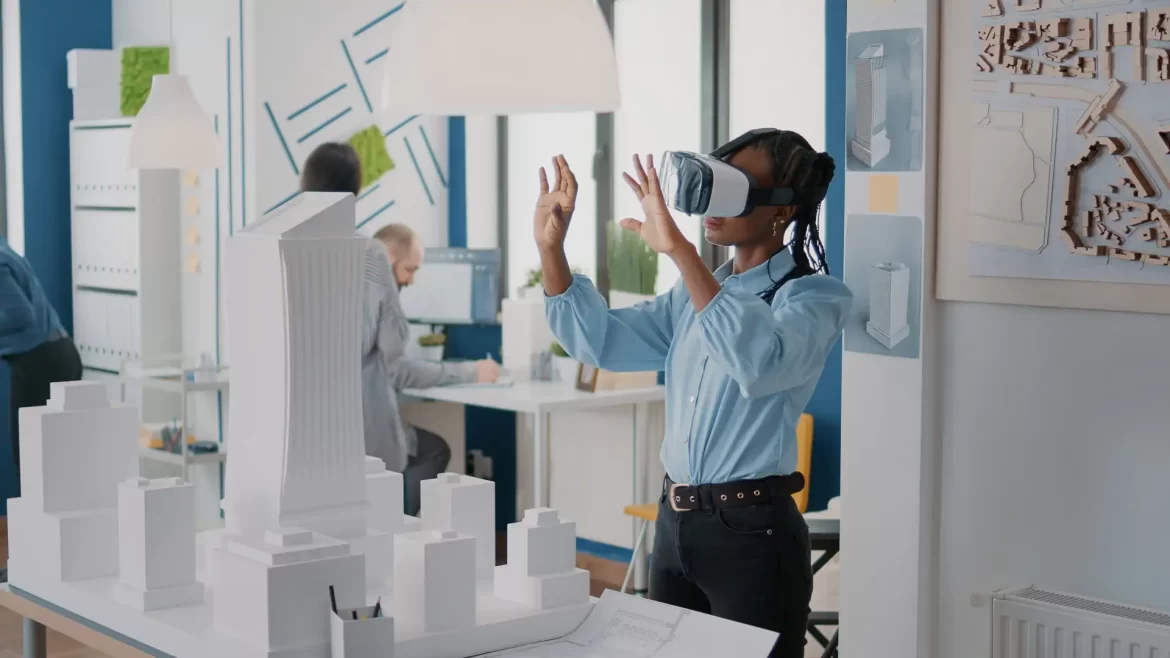Introduction:
Virtual Reality (VR) has emerged as a transformative technology, offering users the opportunity to experience lifelike environments. One of the key elements that contribute to the immersive nature of VR is the meticulous process of 3D modeling. In this article, we delve into the significance of 3d modelado in VR and explore how it plays a pivotal role in creating captivating virtual experiences.
Understanding 3D Modeling:
Definition and Purpose 3d modelado refers to the process of creating a three-dimensional representation of an object or environment using specialized software. In the context of virtual reality, 3D modeling serves as the foundation for constructing the virtual worlds that users interact with. The primary purpose is to simulate reality by designing detailed and realistic objects or scenes.
Importance of 3D Modeling in Virtual Reality:
Creating Realistic Environments The realism of virtual environments greatly depends on the quality of 3D models. By meticulously crafting objects and landscapes with intricate details, developers can transport users into a world that feels authentic and convincing.
Enhancing User Interaction 3D models enable dynamic interaction within the virtual space. Whether it’s manipulating objects, exploring landscapes, or engaging with characters, the level of detail in 3D modeling directly influences the user’s ability to interact seamlessly and naturally with the VR environment.
Optimizing Performance Efficient 3D modeling is essential for maintaining optimal performance in VR applications. Striking the right balance between detail and performance ensures smooth experiences without compromising the quality of visuals.
Challenges in 3D Modeling for VR:
Resource Intensiveness Creating high-fidelity 3D models requires significant computational resources. VR developers face the challenge of balancing detailed models with the need for smooth performance, especially in resource-constrained environments.
Adaptability to VR Hardware Different VR platforms and devices have varying capabilities. Ensuring that 3D models are optimized for different hardware specifications is a persistent challenge for developers aiming to deliver a consistent and high-quality experience across a range of VR devices.
Tools and Techniques for 3D Modeling:
Popular 3D Modeling Software Various software applications are employed in the creation of 3D models for VR. Industry-standard tools like Blender, Autodesk Maya, and Cinema 4D provide powerful features for modeling, sculpting, and texturing.
Procedural Generation To address the demand for diverse and expansive virtual worlds, developers increasingly turn to procedural generation techniques. This method involves algorithms that generate content dynamically, reducing the manual effort required for modeling vast environments.
Future Trends in 3D Modeling for VR:
AI-Driven Modeling Artificial intelligence is making significant strides in automating parts of the 3D modeling process. AI-driven tools can assist in creating realistic textures, generating detailed environments, and even predicting user interactions, thereby streamlining the development workflow.
Immersive Haptic Feedback The integration of haptic feedback with 3D modeling aims to enhance the sense of touch in VR. This trend involves creating models with tactile qualities, allowing users to feel virtual objects, further blurring the line between the real and virtual worlds.
Conclusion:
In the ever-evolving landscape of virtual reality, 3D modeling stands as a cornerstone for crafting immersive and captivating experiences. As technology advances, the challenges faced by developers are met with innovative solutions, ensuring that the virtual worlds of tomorrow are not only visually stunning but also deeply engaging for users. The journey from “modelado 3D” to a fully immersive VR experience continues to shape the future of digital interaction.

